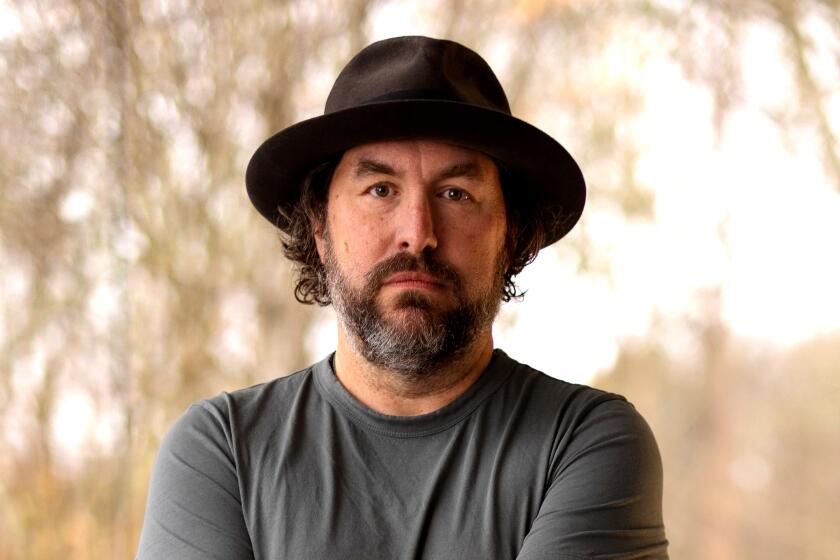Angie Kim’s ‘Miracle Creek’ follows a Korean family, a deadly explosion and its aftermath
In her mesmerizing debut novel, “Miracle Creek,” Angie Kim takes readers into the courtroom for a story of lies and a trial to find the truth. It isn’t a crime to lie. But it is a crime to lie in a courtroom. Even the smallest lie can contaminate a trial, and in “Miracle Creek,” Kim shows that there is no such thing as an innocent untruth. “My husband asked me to lie,” the book begins. “Not a big lie. He probably didn’t even consider it a lie, and neither did I, at first.”
Kim is a former trial attorney, and the book is an extraordinary courtroom drama built around a murder trial in which almost everybody involved is lying, for both noble and ignoble reasons. As one character puts it, “We’ve been lying about so many things for a year, deciding for ourselves what’s just or not, what’s relevant or not.” The trial is necessarily corrupted by these lies, even as it starts to uncover them.
The story centers on courtroom intrigue involving a Korean family in Miracle Creek, Va., a small town an hour outside of Washington, D.C. Pak and Young Yoo are immigrants who came to America for their daughter, Mary. After four years of separation — Pak staying in Korea waiting for his visa — they established a tentative foothold in the American dream with Miracle Submarine, a hyperbaric oxygen-therapy chamber in their backyard barn. The chamber was used for a controversial oxygenation therapy believed by some to heal a wide range of health conditions. Then it suddenly exploded with six people inside, three of them children, leaving two dead. Mary was injured too. “All that sacrifice for Mary’s education, for her future, and now, here she was, scarred and unanchored, no college on the horizon, attending murder trials and therapies instead of seminars and parties.” Elizabeth Ward, the mother of a boy with autism who died in the fire, is on trial for arson and murder. Unofficially, she is also on trial for being a bad mother, a difficult person, for making the decisions that — whether she set the fire or not — led to her child’s death.
Kim, who is the mother of a former hyperbaric oxygen-therapy patient, has spent a lot of time with other patients and parents in the intimate confines of an HBOT chamber. She shows an enormous amount of empathy for her characters, infusing them with such intense humanity that I sat weeping for them in an airplane middle seat, between two strangers, for several minutes after I finished the book. With clear, assured prose and penetrating emotional intelligence, she takes us deep into their inner lives, inhabiting multiple points of view to narrate the drama of “Miracle Creek.”
The plotting is deliberate and detailed and marvelously done. Its intricacy only amplifies the tragedy, showing the many ways death and misery might have been avoided, when other futures were still possible. As Young observes, “Good things and bad — every friendship and romance formed, every accident, every illness — resulted from the conspiracy of hundreds of little things, in and of themselves inconsequential.”
While we become well acquainted with the witnesses and the lawyers in Elizabeth’s trial — which becomes everyone’s trial, all of the liars and compromised characters who might have set the fire —we see very little of the judge and the jury. Instead, we occupy their position, given access to the full truth and left to come to our own conclusions. We get direct access to the characters’ complicated emotions: their envy, their hatred, their fury and resentment of their friends and their own children. We see truths that are too combustible to be introduced in a courtroom, ugly and human enough to condemn — or forgive — something in all of us.
::
Angie Kim
Sarah Crichton Books, 368 pp., $27
Cha is a novelist, editor and attorney.
More to Read
Sign up for our Book Club newsletter
Get the latest news, events and more from the Los Angeles Times Book Club, and help us get L.A. reading and talking.
You may occasionally receive promotional content from the Los Angeles Times.









